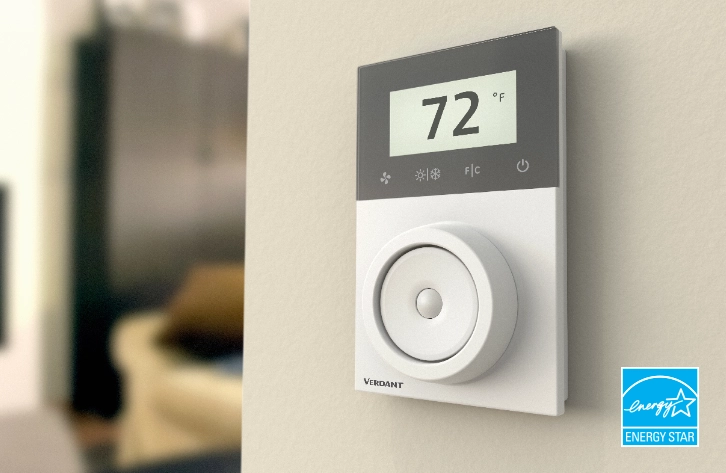Discover the Power of Demand Response in Managing Energy Consumption with Verdant Thermostats
Find out how Verdant’s smart thermostats leverage demand response integration to enhance energy management, lower utility costs, and contribute to a greener future.

How Demand Response Works for Aggregators
Phase 1
Phase 2
Phase 3
Phase 4
How Demand Response Works for Residents
Phase 1: Pre-Heat or Pre-Cool
Phase 2: Pre-Gap
Phase 3: Demand Response Event
Phase 4: Post Demand Response Event
Key Benefits of Demand Response
Experience the substantial advantages of integrating demand response into your smart thermostat, regardless of whether it’s a building mandate or the responsibility of the owner or tenant to cover the expenses.
Earn Financial Incentives
Residents receive bill credits or cash payments as incentives for participating in demand response events. Building owners can pass on incentives, while direct metered residents directly enjoy financial advantages.


Reduce Energy Costs and Improve Efficiency
Efficiently lower energy costs and improve operational efficiency without compromising residents’ comfort. Unlock the advantages of demand response to avoid electric rate surges and minimize grid stress during peak demand, resulting in substantial savings on your energy bill.
Build a More Sustainable Future
Contribute to a greener world by promoting ESG practices and reducing carbon footprint. Embrace demand response programs to achieve compliance with state mandates in multifamily buildings and attract eco-conscious residents.

Frequently Asked Questions about Demand Response
Who qualifies for a demand response program?
Demand response program eligibility varies, but generally, multifamily buildings, including apartments and condominiums, can qualify for demand response programs. These programs typically target common areas, such as lighting and HVAC systems, allowing building managers to adjust electricity usage during peak demand periods. Eligibility criteria may vary depending on the program and utility provider.
How do I enroll?
Enrolling in a demand response program usually involves contacting your local utility provider or an authorized program administrator. They will provide you with the necessary information and enrollment forms. You may need to provide details about your energy usage patterns and equipment. Once enrolled, you will receive instructions on how to participate and adjust your electricity consumption during peak demand events.
Can I opt out of a demand response event?
Yes, participants can opt out of a demand response event, and it is possible to make the decision even during an ongoing event if a resident changes their mind. However, it is important to note that in highly critical events, opting out may not be possible. In such cases, participants are advised to reach out to their aggregator to request an exemption.
What time of the year do demand response events happen?
Demand response events can take place at different times throughout the year, typically aligning with periods of high electricity demand, such as hot summer months or extreme weather conditions. However, the specific scheduling of these events may vary based on factors including regional energy demand patterns, utility provider policies, and other relevant considerations.
Will I get a notification for a demand response event?
Prior to a demand response event, tenants are informed about it by the owners or aggregators. Once the event starts, a distinct demand response icon appears on the Verdant thermostat to notify tenants.
Start Saving Energy with Verdant
Request a demo to discover how demand response integration with Verdant smart thermostats can optimize your energy usage and reduce costs.
